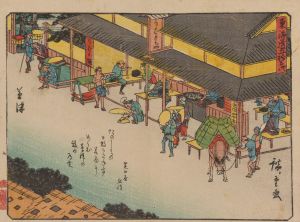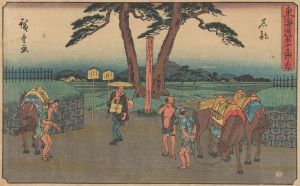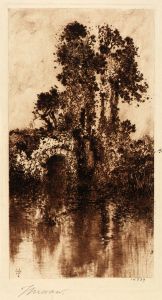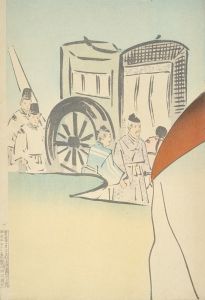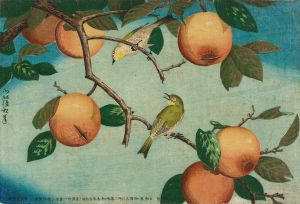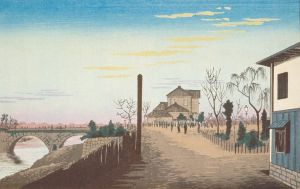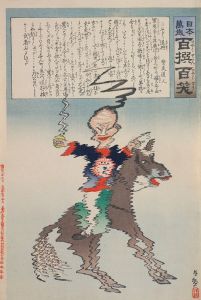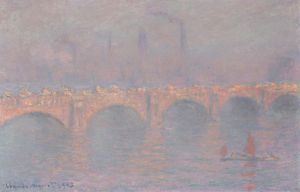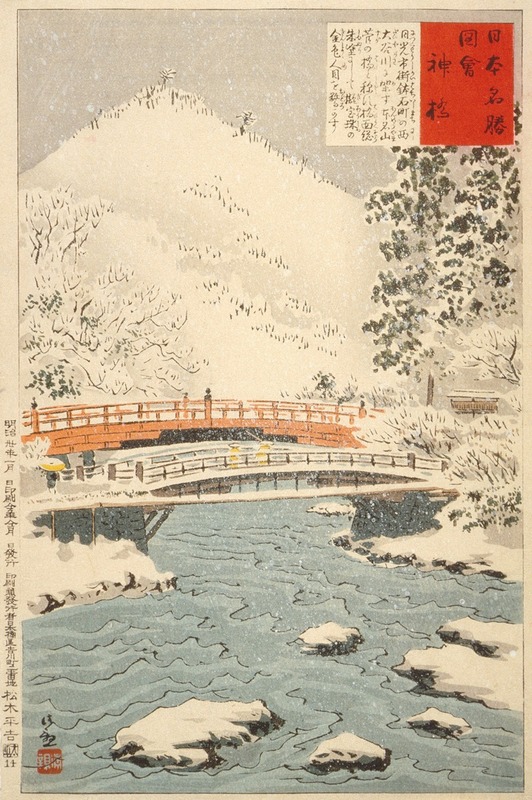
Shinkyō, Sacred Bridge at Nikkō
A hand-painted replica of Kobayashi Kiyochika’s masterpiece Shinkyō, Sacred Bridge at Nikkō, meticulously crafted by professional artists to capture the true essence of the original. Each piece is created with museum-quality canvas and rare mineral pigments, carefully painted by experienced artists with delicate brushstrokes and rich, layered colors to perfectly recreate the texture of the original artwork. Unlike machine-printed reproductions, this hand-painted version brings the painting to life, infused with the artist’s emotions and skill in every stroke. Whether for personal collection or home decoration, it instantly elevates the artistic atmosphere of any space.
Shinkyō, Sacred Bridge at Nikkō is a woodblock print created by the Japanese artist Kobayashi Kiyochika (1847–1915). Kiyochika is widely regarded as one of the most innovative printmakers of the Meiji era (1868–1912), a period marked by rapid modernization and the blending of traditional Japanese culture with Western influences. His works often reflect the changing landscapes and cultural shifts of this transformative time in Japan.
The print depicts the Shinkyō, or "Sacred Bridge," located in Nikkō, Tochigi Prefecture, Japan. The Shinkyō is a historically significant structure that spans the Daiya River and serves as the entrance to the Futarasan Shrine, a UNESCO World Heritage Site. The bridge is renowned for its striking vermilion color and elegant design, which contrasts with the natural beauty of the surrounding forested mountains and flowing river. It is considered one of Japan's most beautiful bridges and holds deep spiritual significance in Shinto and Buddhist traditions.
Kiyochika's portrayal of the Shinkyō exemplifies his mastery of light and shadow, a hallmark of his artistic style. Influenced by Western techniques such as perspective and chiaroscuro, Kiyochika often experimented with atmospheric effects in his prints. In this work, he captures the serene and almost mystical quality of the bridge and its environment, emphasizing the interplay between the man-made structure and the natural world. The print reflects Kiyochika's ability to blend traditional Japanese woodblock printing techniques with modern artistic sensibilities.
This piece is part of Kiyochika's broader body of work, which includes landscapes, cityscapes, and scenes of daily life in Meiji-era Japan. His prints often document the tension between tradition and modernity, a theme that resonates in many of his depictions of historical landmarks like the Shinkyō. While Kiyochika is best known for his urban scenes of Tokyo, his landscapes, such as this one, demonstrate his versatility and deep appreciation for Japan's natural and cultural heritage.
The exact date of the creation of Shinkyō, Sacred Bridge at Nikkō is not definitively recorded, but it is consistent with Kiyochika's active period as a printmaker, particularly during the late 19th and early 20th centuries. Today, his works are celebrated for their artistic innovation and historical significance, offering a window into the dynamic changes of the Meiji era.





